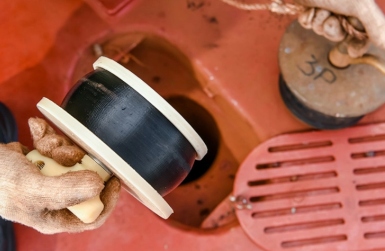
The Accident Investigation Board Norway (AIBN) has published an accident report on the matter of a crew member who died on board the factory trawler Nordstar relating to the with preparations for cleaning a silage tank.
The factory trawler Nordstar was on its way to Ålesund after fishing in international waters west of the Reykjanes Ridge. The vessel was to be made ready for fishing for another type of fish (from redfish to white fish) during the voyage, and the crew had finished cleaning the factory on the morning of 10 June 2018.
Later in the morning, the skipper instructed the factory supervisor to prepare the silage tanks for cleaning. This meant flushing the tanks by filling them with seawater and emptying them several times, before lowering a fan (not explosion proof) into the tank to blow in fresh air and lead air out of the tank via the attached plastic hose. According to the skipper, he had given instructions that the fan was to be lowered Continue reading “Nordstar: Exposure to lethal gas levels contributed to fisherman’s death says AIBN report”










